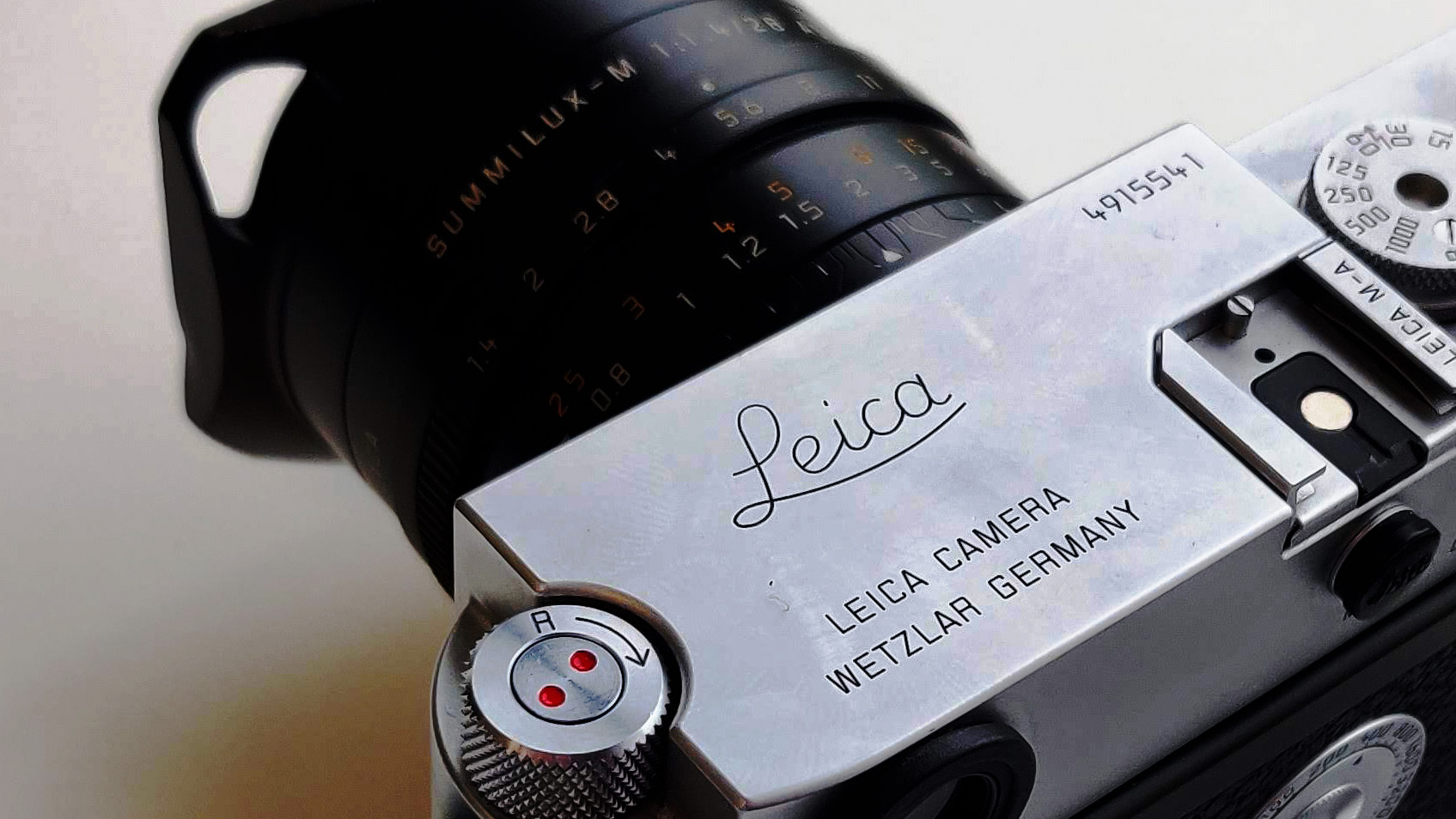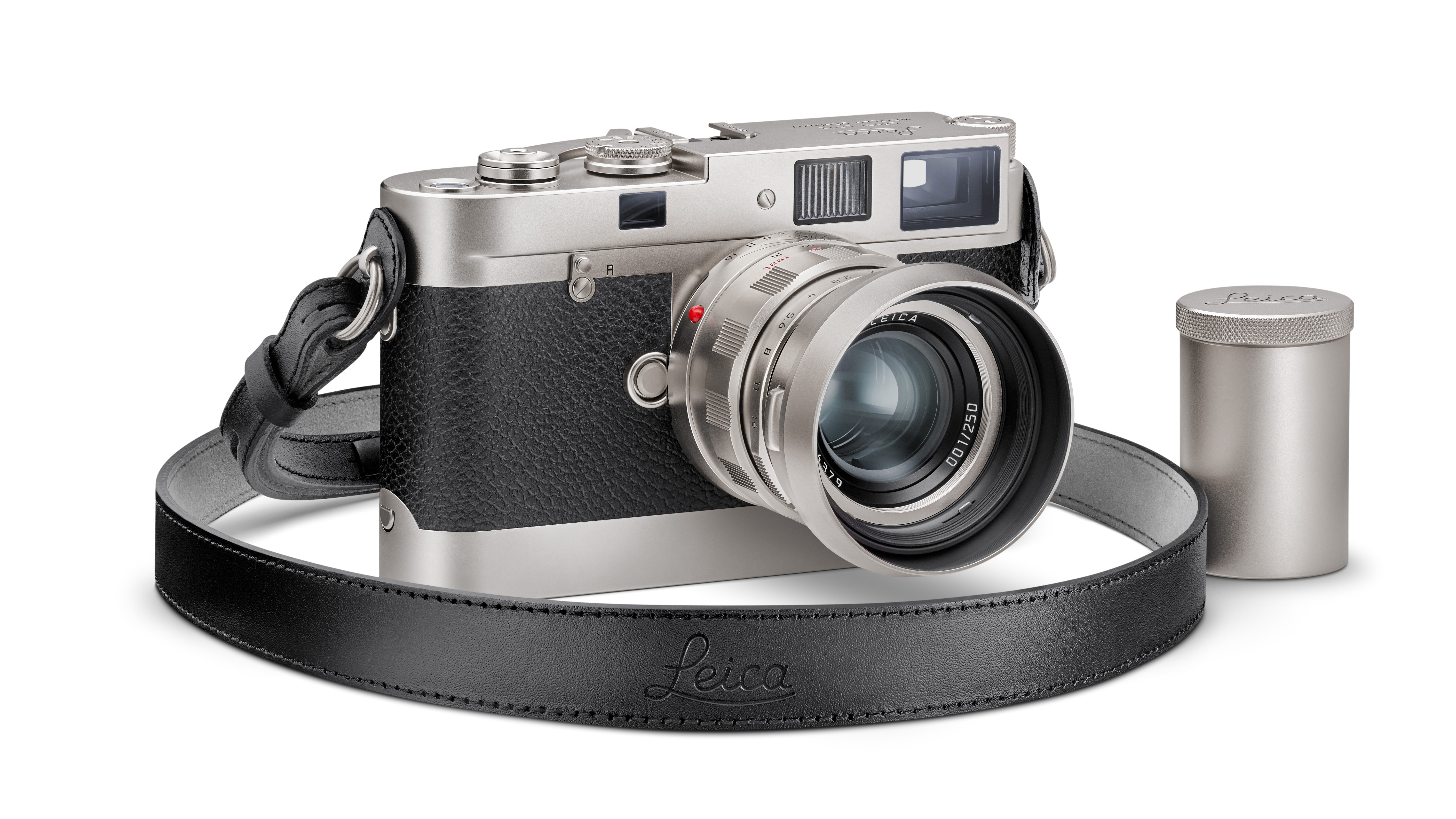
Leica made 2024 a landmark year in its storied history with a series of high-profile camera releases that underscore its commitment to innovation and tradition. With a legacy that dates back to the early 20th Century, Leica continues to shape the photographic landscape, blending cutting-edge technology with the brand's characteristic design and craftsmanship.
This year saw the debut of the SL3, the D-Lux 8, the Q3 43, the M11-D and the celebratory M Edition 70 – each reflecting a unique facet of Leica’s vision.

The Leica SL3, launched at the start of the year, exemplifies the brand's dedication to professional-grade mirrorless photography. Featuring a 60MP BSI CMOS full-frame sensor, the SL3 elevates both still and motion capture with 8K video capabilities and a powerful Maestro IV processor.
This release reaffirms Leica’s position as one of the leaders in the high-performance mirrorless market, offering photographers unmatched detail and dynamic range. As someone with extensive experience in Leica’s SL system, I can attest to the evolutionary leap the SL3 represents – a compelling choice for studio and on-location professionals.
Midyear brought the launch of the Leica D-Lux 8, a compact yet powerful addition to the brand’s lineup. With its redesigned OLED electronic viewfinder and intuitive interface, the D-Lux 8 caters to enthusiasts and professionals seeking portability without sacrificing quality.
This camera’s significance lies in its accessibility, making Leica’s celebrated optical quality available to a wider audience. My hands-on experience with Leica's compact systems highlights how the D-Lux series consistently punches above its weight, offering exceptional results in a pocket-friendly package.

September was a particularly dynamic month for Leica, marked by the release of two standout models: the Q3 43 and the M11-D.
The Leica Q3 43, a variant of the Q-series of full-frame compacts, introduces a 43mm f/2 lens, diverging from the traditional 28mm focal length. This addition broadens the creative possibilities for photographers who prefer a standard focal perspective while retaining the Q-series hallmark features like the 60MP sensor and robust build.
Meanwhile, the Leica M11-D harkens back to Leica’s film heritage by omitting a rear LCD, offering a purist digital rangefinder experience. Having reviewed Leica’s Q-series and M bodies extensively, I find these innovations emblematic of the brand’s ability to honor tradition while pushing boundaries.
Rounding off the year, the company unveiled the Leica M Edition 70 to commemorate the 70th anniversary of its legendary M rangefinder. This limited-edition set includes a platinum-plated Leica M-A film camera, a matching 50mm Apo-Summicron-M f/2 lens and a platinum film container.
This collector’s piece pays homage to the enduring legacy of Leica’s mechanical rangefinders, a lineage I deeply appreciate as an owner of two M bodies. This release is a testament to Leica’s commitment to celebrating its history while inspiring future generations of photographers.

Leica’s 2024 offerings encapsulate the brand’s ethos: a harmonious blend of past, present, and future. From professional-grade innovations like the SL3 to nostalgic tributes like the M Edition 70, each release highlights Leica’s dedication to excellence and creativity.
As someone who has navigated Leica’s diverse ecosystem of cameras – from the digital M and Q-series to the robust SL system – I am continually impressed by the brand’s ability to innovate while staying true to its roots. These cameras not only serve as tools for capturing the world but also as timeless artifacts of photographic art.
You might also like
If you own one of the best Leica cameras, check out the best Leica M lenses for rangefinders and the best Leica SL lenses for mirrorless.







